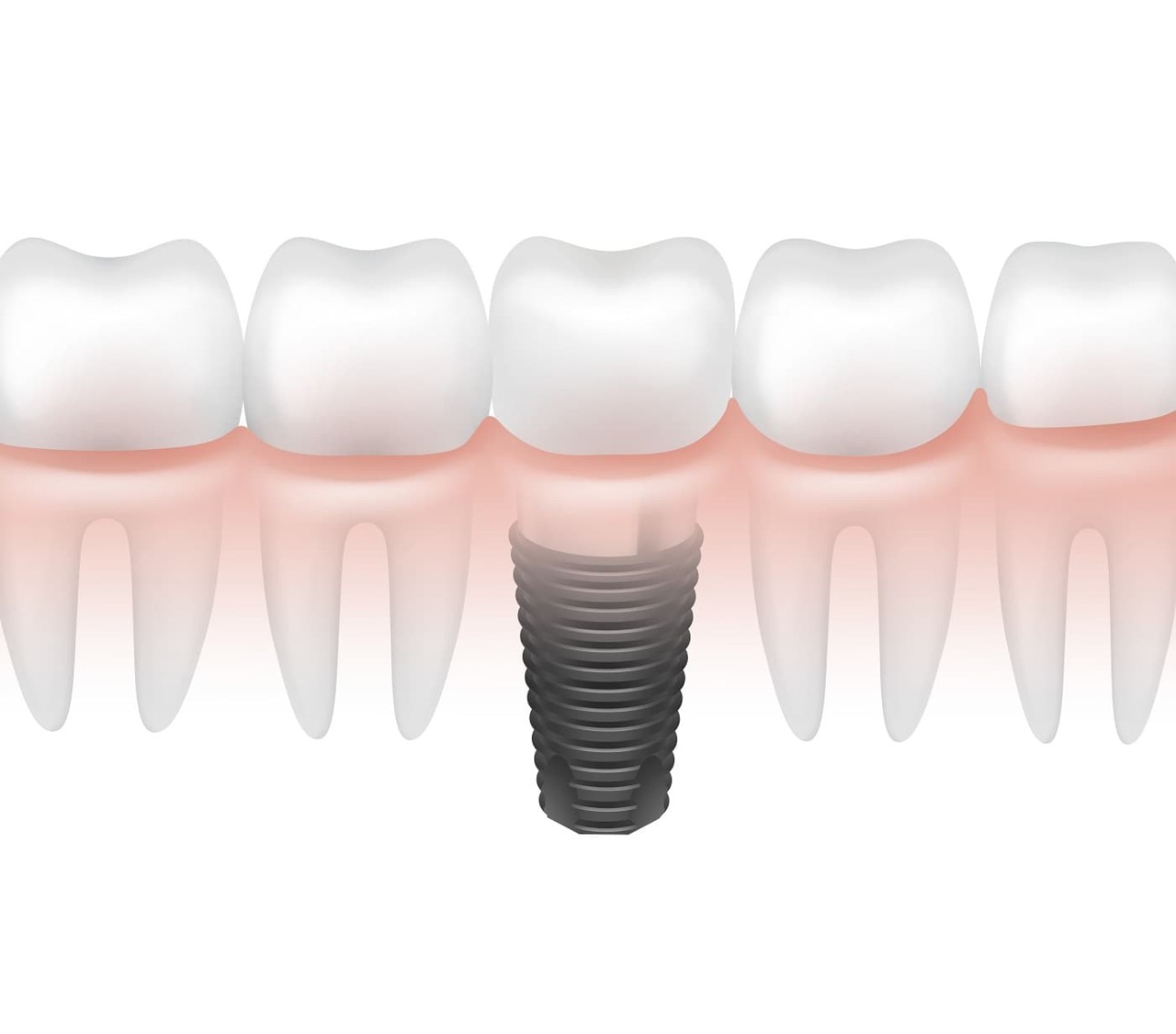Cookies are used on this website.
For detailed information about cookies, you can review the Semboldis Cookie Policy.

Dental implants are materials in the form of artificial tooth roots, which are specially produced from titanium. If the bone level is sufficient in the lost tooth cavities, these materials are placed in the bone and fixed. After the implant is placed, a certain period of time is expected to coalesce into the bone, and then fixed or removable prostheses are made for their superstructures.
Implants can be placed immediately in the session in which the tooth is extracted under suitable conditions. This method is called immediate implant application. Immediate implants, which have recently been widespread and proven by studies, are the implant application that is placed in the place of the extracted tooth as long as the tooth is lost due to any reason and there is no inflammatory condition on the same day the tooth is extracted.
The prosthesis and coating process, which is applied in the same session on the immediate implant placed after extraction, is called immediate loading. These are usually applied to the areas that affect the aesthetic smile in the anterior region.
The gaps formed as a result of teeth lost for various reasons should be closed as soon as possible, even if they do not disturb the person. Unclosed gaps will cause the neighboring teeth to tip towards these gaps and disrupt the closing relations. In addition, the jawbone where the tooth is absent will melt and thin over time. If these gaps are closed with bridge treatment, neighboring healthy teeth will be cut and the jawbone will continue to melt again. Implants that function like tooth roots are the best possible treatment for these conditions.
First of all, since it is a surgical operation, the general health condition of the patient should be good, blood coagulation and wound healing should be at normal levels. Since the implants function by attaching to the jawbone, there should be sufficient bone level in the relevant area. Three-dimensional imaging (tomography) is often taken from the patient to determine the bone levels and thickness in the best way.
Since the bone tissue is critical for implant placement, in insufficient bone cases, bone powder obtained from animal camics can be placed and the jawbone can be thickened and made suitable for implant placement.